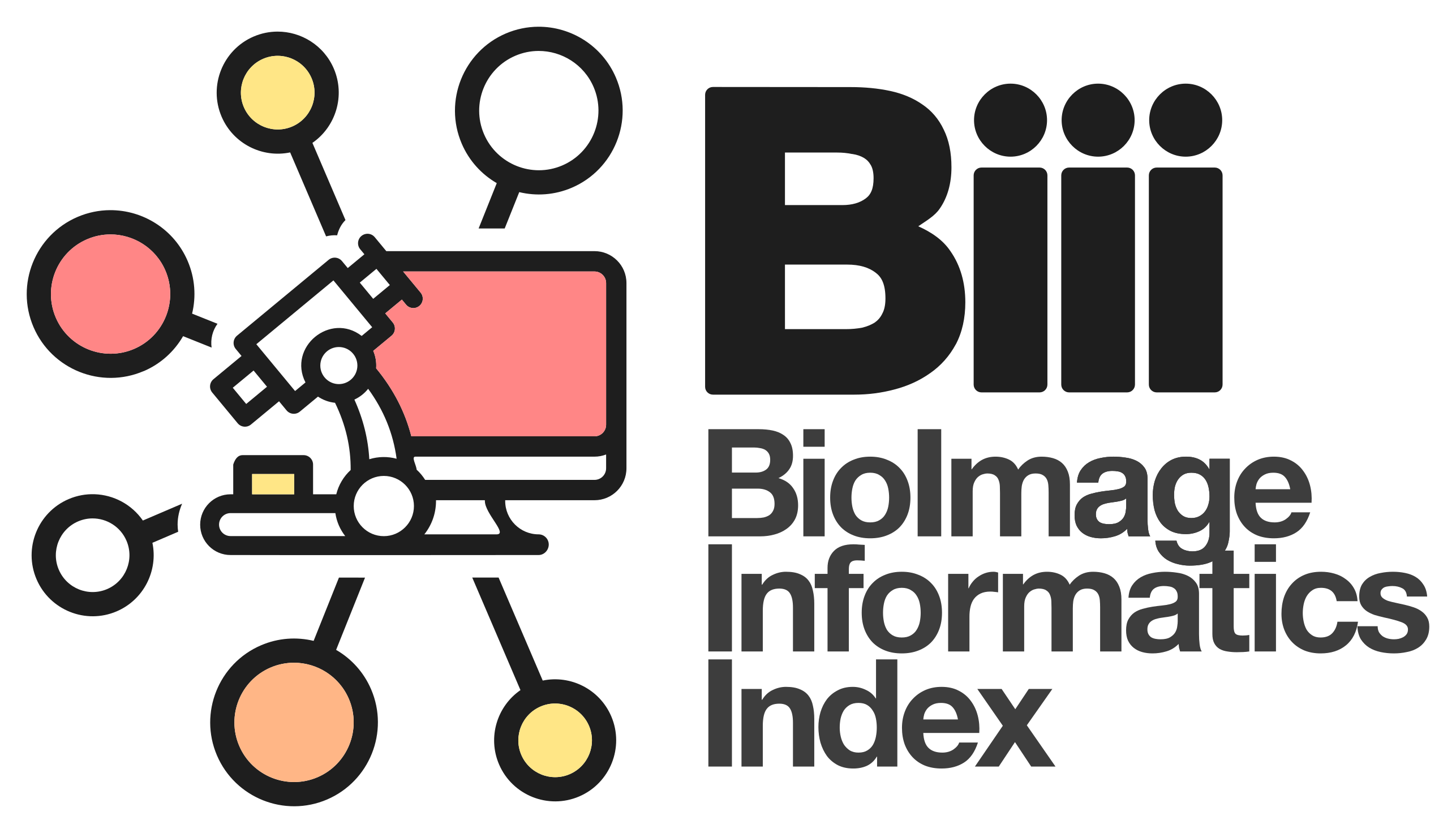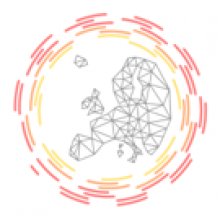Image enhancement
Image enhancement is a term used to refer to an operation that increases the quality of the image, being historically more used in the context of contrast enhancement (which improves visualization for the human eye). However, image enhancement is also a very general term that refers to operations that enhance features interest in the image. An image enhancement operation moves further away from the reality, as opposed to Image reconstruction that moves closer to the reality.
Synonyms
Image restoration



